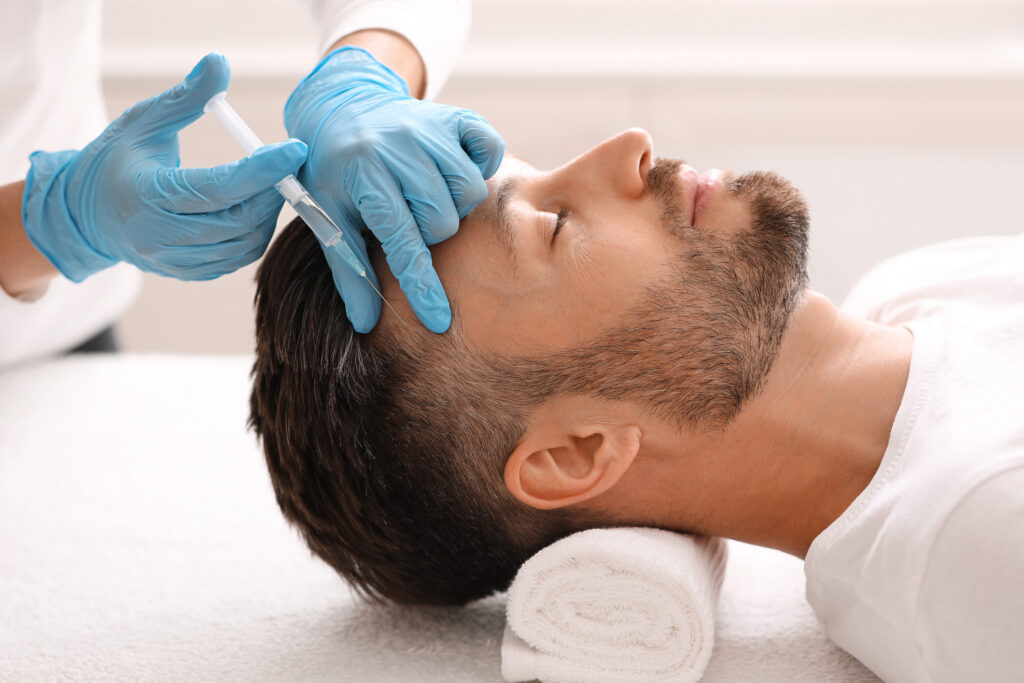Facial aging is a natural process that many individuals experience as they grow older. This phenomenon is marked by a structural decline in the skin, primarily due to the loss of essential proteins such as collagen and elastin. As a result, there has been a significant increase in the demand for rejuvenation treatments aimed at restoring a youthful appearance. In recent years, adipose-derived stem cells (ADSCs) have emerged as a promising therapeutic option for facial rejuvenation. However, there is a lack of comparative studies examining the various methods for applying these cells effectively.
The recent study conducted by Alejandra delaO-Escamilla, Jair A Valdez-Zertuche, Jorge Lara-Arias, Andrés Noyola-Pérez, Alejandra Villarreal-Martínez, Sonia Chávez-Álvarez, Adrián Cuéllar-Barboza, Rodolfo Franco-Márquez, Jorge Ocampo-Candiani, and Osvaldo T Vázquez-Martínez sheds light on the potential of ADSCs in facial rejuvenation. The research highlights the pressing need for more robust comparative studies to better understand the efficacy and safety of different ADSC application methods.
Adipose-derived stem cells are harvested from adipose tissue and are known for their ability to differentiate into various cell types and promote tissue regeneration. Their application in dermatology offers a unique approach to combat the signs of aging. By integrating ADSCs into rejuvenation treatments, it may be possible to not only improve skin texture and elasticity but also enhance overall tissue health.
Despite the promising potential of ADSCs, the study emphasizes the importance of further research to establish standardized protocols for their use in facial rejuvenation. This would not only enhance the effectiveness of treatments but also ensure patient safety and satisfaction. As demand for these innovative treatments grows, it is crucial that the scientific community continues to explore the full range of applications for ADSCs.
In conclusion, the insights provided by the work of delaO-Escamilla and colleagues pave the way for future investigations into the comparative effectiveness of different ADSC application methods. By advancing our understanding of these techniques, we can harness the power of regenerative medicine to improve aesthetic outcomes for individuals seeking to rejuvenate their facial appearance. As we look forward to more discoveries in this field, the collaboration between dermatologists, researchers, and patients will be key in shaping the future of facial rejuvenation therapies.


